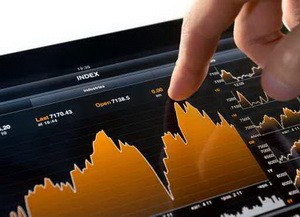Binary Options Risks

Everything related to financial markets has its own share of risks, and binary options are no exception to this rule. The fact that actual financial instruments are not owned by binary options holders has curbed risks to a great extent. Furthermore, any potential losses are established in advance, determined by the amount of money the trader is willing to commit and general conditions, which are relatively predictable. After all, you need only predict a direction toward which prices will trend, and act accordingly. If your prediction turns out to be a correct one, payment is automatically forwarded to your account – minus the premium, of course. Having said that, binary options do come with their fair share of risks and flaws, so let’s look over some of the most common among them.
Flaws
First and foremost, all binary options come with an expiration date, after which either you turn a nice profit or they become worthless and you lose money. Even though it feels nice to win, some people simply cannot shake the feeling they could have won a lot more than they did. Capping the amount of money you could make on a single option may seem mean (in more ways than one), but it also limits the losses you could potentially incur. That money has to come from somewhere, right? With capped losses, there simply wouldn’t be enough money to go around. And yet, this is of small consolation to people who could have potentially earned a lot more on other markets, albeit with much more at stake. The thing is, apart from a handful of reliable ones, most markets specializing in binary options are woefully unregulated, and a number of careless traders got burned over the years.
Risks
When it comes to actual risks, a handful of them stand out from the myriad of potential dangers:
For instance, every deal has two sides; every now and then one party defaults, simply failing to fulfill their part of the contract. This counterparty risk is posing a major issue, especially in unregulated markets. However, there is little you can do to mitigate this other than finding reliable markets and trustworthy partners, or strong intermediaries.
No matter how accurate your predictions may be, sometimes markets simply do not live up to them. This is called market risk and it relates to the volatility of the market. Luckily, some good old risk assessment can help mitigate this.
While traders can technically back out early, there might not be a buyer available as those unexpected liquidity risks come true. Remember, every good strategy has an exit plan.
Financial markets are not some vacuum spaces where traders are isolated from one another – quite the contrary, the whole point is to connect them. The downside is, one trader’s losses can affect another’s and start a domino effect. This risk is the hardest one to mitigate as it does not really depend on you – choose your partners wisely.



